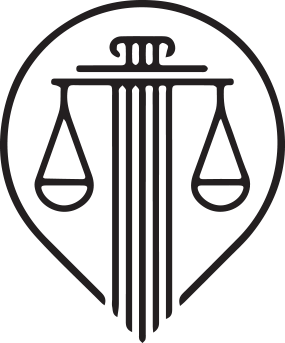Bankruptcy is a scary word. However, it does not have to be. While it may seem like you are all out of options, filing for bankruptcy could be the solution you need. You need an experienced attorney on your side to help in this difficult time. Navigating bankruptcy can be challenging, but with the right legal counsel, you can find the best options for financial recovery.
How to Know You Need to File for Bankruptcy
It is difficult to decide whether or not you need to file for bankruptcy. No one wants to be in a poor financial situation. All too often, people panic and take drastic measures to recover financially, thus jeopardizing their future.
If you have a large amount of debt and are unable to logistically pay it off, you should consider filing for bankruptcy. Most kinds of debt can be forgiven, however, there are some restrictions. You cannot be forgiven for debt from unpaid child support, fines from the government and alimony through bankruptcy.
Set up a consultation with an attorney if you are unsure about whether or not you should file for bankruptcy. Not only do attorneys understand the qualifications, benefits and disadvantages of bankruptcy, but they will also advise you on the best options for financial recovery based on your situation.
Types of Bankruptcy
The two main types of bankruptcy are Chapter 7 and Chapter 13. Chapter 7 is the quickest and least expensive of the options. However, you have to qualify for it. Chapter 13 is easier to qualify for but can take years to complete. Below are descriptions of Chapter 7 and Chapter 13 so you can decide which is the better option for financial recovery.
Chapter 7
Filing for Chapter 7 bankruptcy typically stems from losing a family member or job, divorce, serious illness, or even rising interest rates. You will need to take a means test to file for Chapter 7 bankruptcy. This test is based on your household income and size.
One of the benefits of filing for Chapter 7 bankruptcy is that you likely will be able to keep your home and most of your assets. There are a few exceptions, but those will depend on your assets’ value and your situation.
Most kinds of debt can be forgiven through Chapter 7: medical bills, credit cards, payday loans, back rent, past due utilities, auto accidents and money owed on repossessed vehicles. Once you present your petition to a judge and it is accepted, creditors will no longer be able to contact you.
Chapter 13
Most people file for Chapter 13 bankruptcy if they are ineligible for Chapter 7. The main difference between the two is that in Chapter 7, all your debts are forgiven right away. In contrast, in Chapter 13, you set up a payment plan to pay back a portion of your debt.
When filing for Chapter 13 bankruptcy, you will submit a payment plan for a portion of your debt to be approved by the court. This plan will generally be for between three to five years. After that, your debt will be discharged.
Creditors will also be unable to contact you after the court approves your plan and will not be able to even if they object to your plan. One of the main benefits of Chapter 13 bankruptcy is that you can include debt from car payments, loans and even appliances. In doing so, you can set yourself up for a swift and manageable financial recovery.
Hire Steven A. Eichstadt for Your Financial Recovery
There are a number of factors that go into filing for bankruptcy. This is why you need to hire Steven A. Eichstadt, an experienced and compassionate attorney from Dahlberg Law Group, when filing for bankruptcy. With over 15 years of experience, Steve has the knowledge and skills to help you through your financial recovery.
Want to learn more about your options for financial recovery? Set up a consultation with Steve today to learn more.

